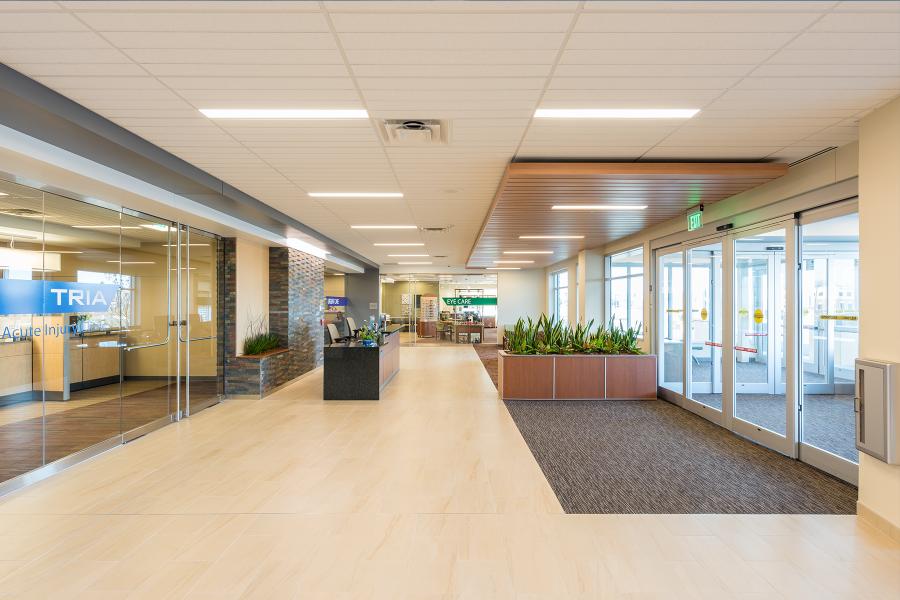Data-Based Decision-Making for Ambulatory Surgery Center Site Selection

Photo by Ryan A+E, Inc.
When healthcare systems and independent practices consider opening an ASC or otherwise expanding their outpatient care facility network, choosing the right location is extremely important to their success. A vital component of the process includes using insight from a variety of data sources and analysis to determine the best site for these centers.
Using layered data analytics, development experts – like Ryan – can work in partnership with health systems to pinpoint the best site for future business success and then lay the groundwork for the development, design, construction and management of the new facility.
According to the 2019 Ambulatory Surgery Center Market Report, the nation’s Ambulatory Surgery Center (ASC) market is estimated to grow $52-55 billion by 2025.
Using a variety of data platforms—like available land parcels, geographic information system mapping, demographics overlays and geological site analysis—allows the real estate team to provide value to ASC operators and tenants and prompts strategic questions that dig deeper into their business objectives. For one, it helps clarify the benefits and drawbacks of choosing a certain site and can inform decisions throughout the rest of the process.
The process continues by looking at locations or viable land positions that have favorable demographics – such as age and wealth distribution – within those varied areas. Using analytics to figure out the specific payer mix within this radius, what the growth of the area looks like and what the annual healthcare spend is for each household, all play a part in determining the best site for an ASC. Once analytics are gathered, options are graded on a scale and land positions are determined and narrowed down to a handful of options.
While analytics help determine important key factors that play a role in site options it is simply a tool in the toolbox. Other steps include identifying and hiring architecture and construction teams and engaging them to walk the site, discussing the pros and cons of each location with all stakeholders and then narrowing options down to two.
Once the options are selected a proforma analysis is built out—a set of calculations that projects the actual financial return that a real estate development is likely to create—which then estimates revenues that are likely to be realized, the costs that will have to be incurred and the net financial return that the developer expects to achieve.
When it comes to working through real estate deals from a partnership standpoint, there are different types of financial delivery models, from joint venture to partnership to full ownership for doctors. Regardless of financial model, it’s imperative to choose a development partner that is an advocate for the end user and owner, and even one that has a relationship with one or more national surgery center operations groups.
The same can be said for working with an integrated team. The right partner – with expertise in development, design, construction, management and financing, and with a clear understanding of owner priorities – can consider the project from multiple perspectives and plan strategically.
With a national team of healthcare real estate and facilities professionals, Ryan’s healthcare team is helping meet the growing demand for ambulatory surgery centers (ASCs) across the country. A five-year partnership with Surgery Partners has led to Ryan’s involvement with five ASCs, including the most recently completed Valley Ambulatory Surgery Center in St. Charles, IL. More centers are planned, utilizing Ryan’s services in development, architecture + engineering, construction, management and financing capabilities.
FOR MORE INFORMATION CONTACT:
Vice President, National Healthcare Development
813-204-5012

